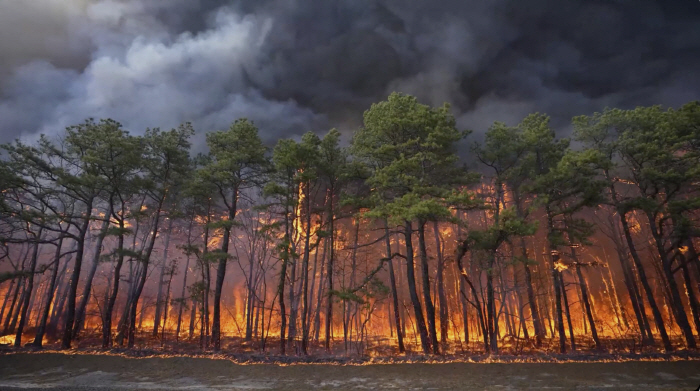The higher the concentration of ultrafine dust in forest fire smoke, the higher the hospitalization of respiratory diseases among the elderly
May 01, 2025
|
From 2006 to 2016, the research team analyzed whether short-term exposure to air pollution from wildfire smoke was related to hospitalization of certain diseases in 1,0369,361 Medicare beneficiaries (average age of 74.7) in the western United States.
During the study, Medicare hospitalization claims data from western regions such as California, Arizona, Nevada, Oregon, and Utah were linked to PM2.5 concentrations in each region due to wildfire smoke, and hospitalization rates according to various diseases were evaluated.
As a result of the analysis, there was no significant change in hospitalization due to respiratory and cardiovascular diseases when the PM2.5 concentration was lower than 25㎍/㎥, but hospitalization showed an increasing trend when the concentration was higher than 25㎍/㎥. When PM2.5 concentration in smoke increased from 0 to 40㎍/㎥, hospitalization due to respiratory diseases increased by an average of about 2.4 per 100,000 people per day, showing a statistically significant increase. Under the same conditions, hospitalization for cardiovascular disease also increased by 2.61 cases per 100,000 people per day, but this was not statistically significant, and no association was observed between PM2.5 and hospitalization in other diseases such as digestive system disease.
The research team said the findings show a strong link between PM2.5 exposure in wildfire smoke and hospitalization of the elderly due to respiratory diseases, suggesting that measures are needed to reduce health damage caused by wildfire smoke.
This article was translated by Naver AI translator.














